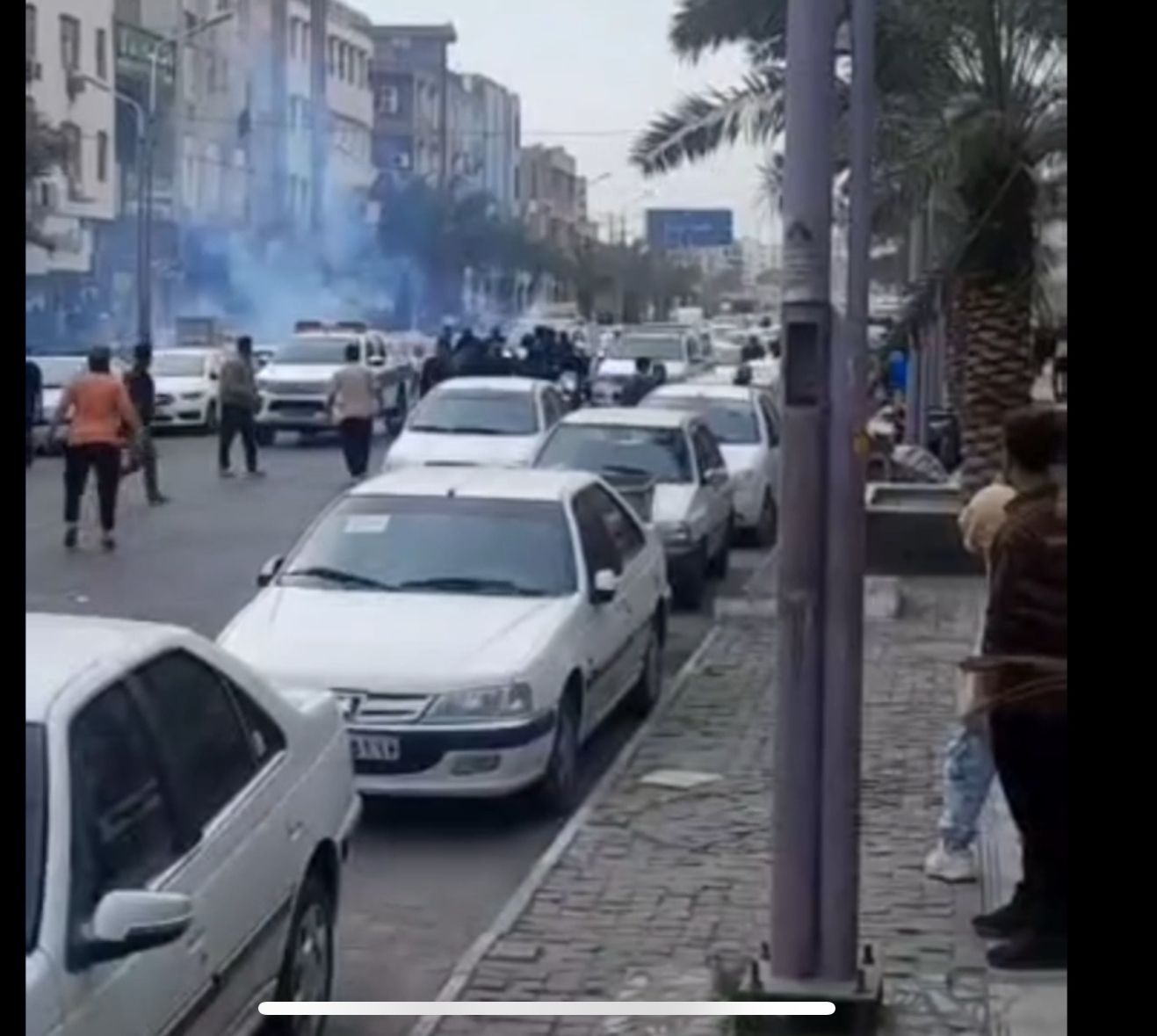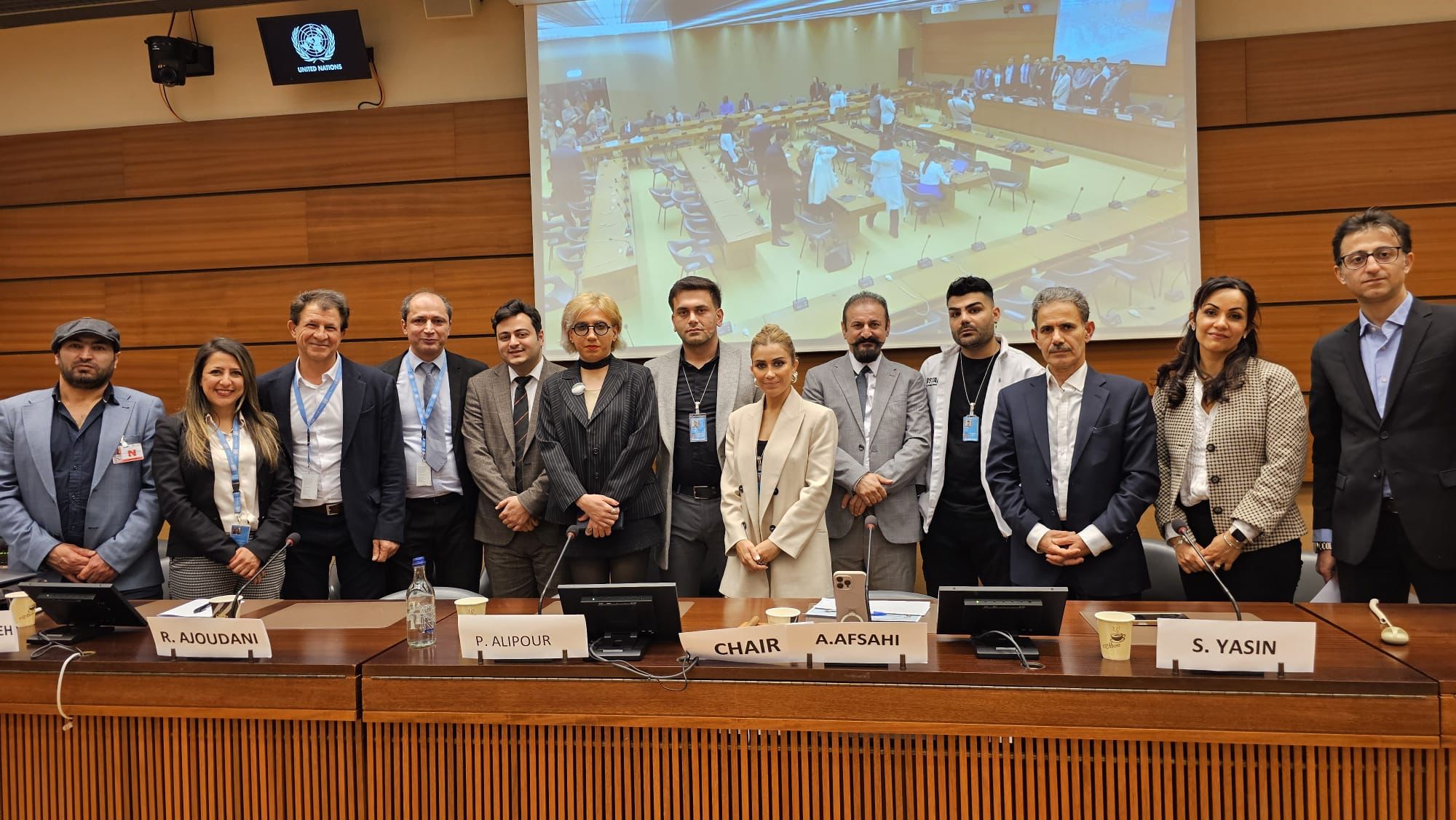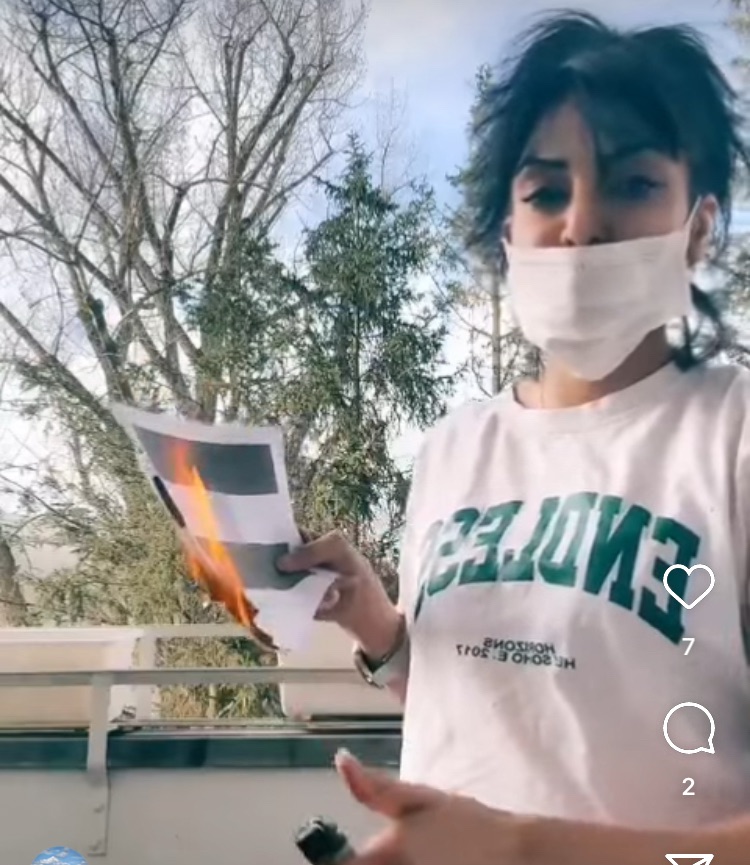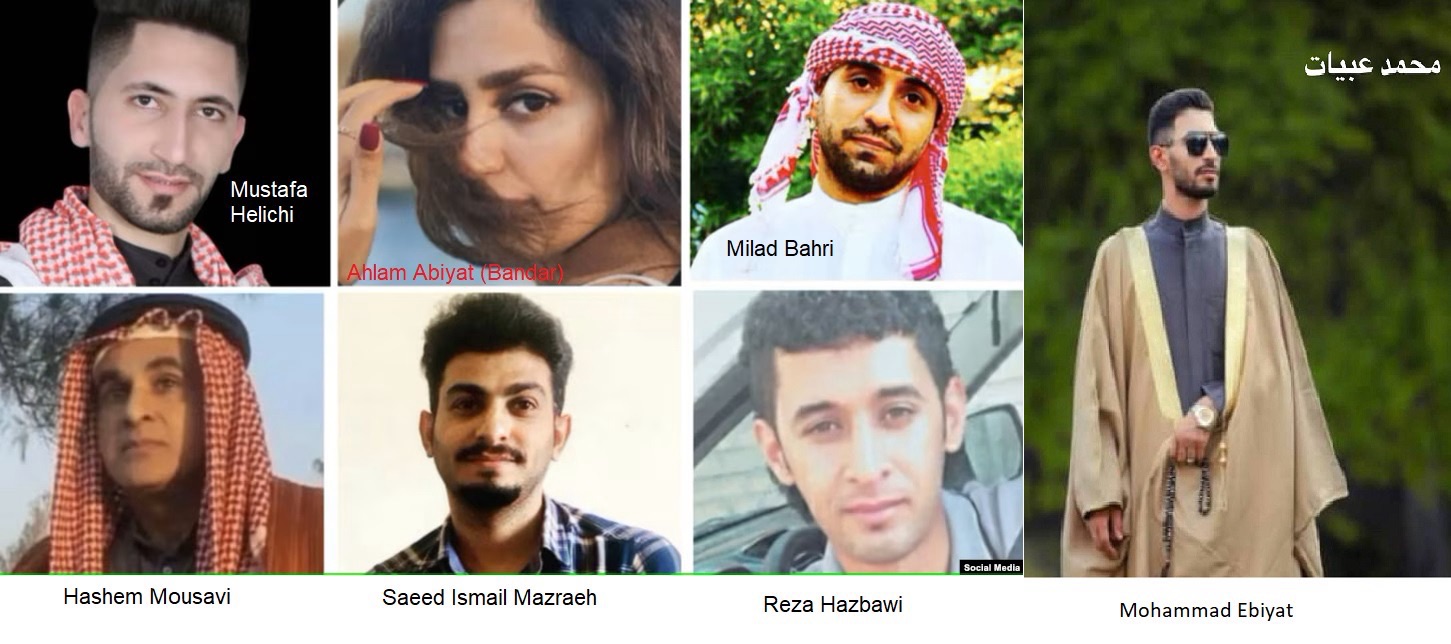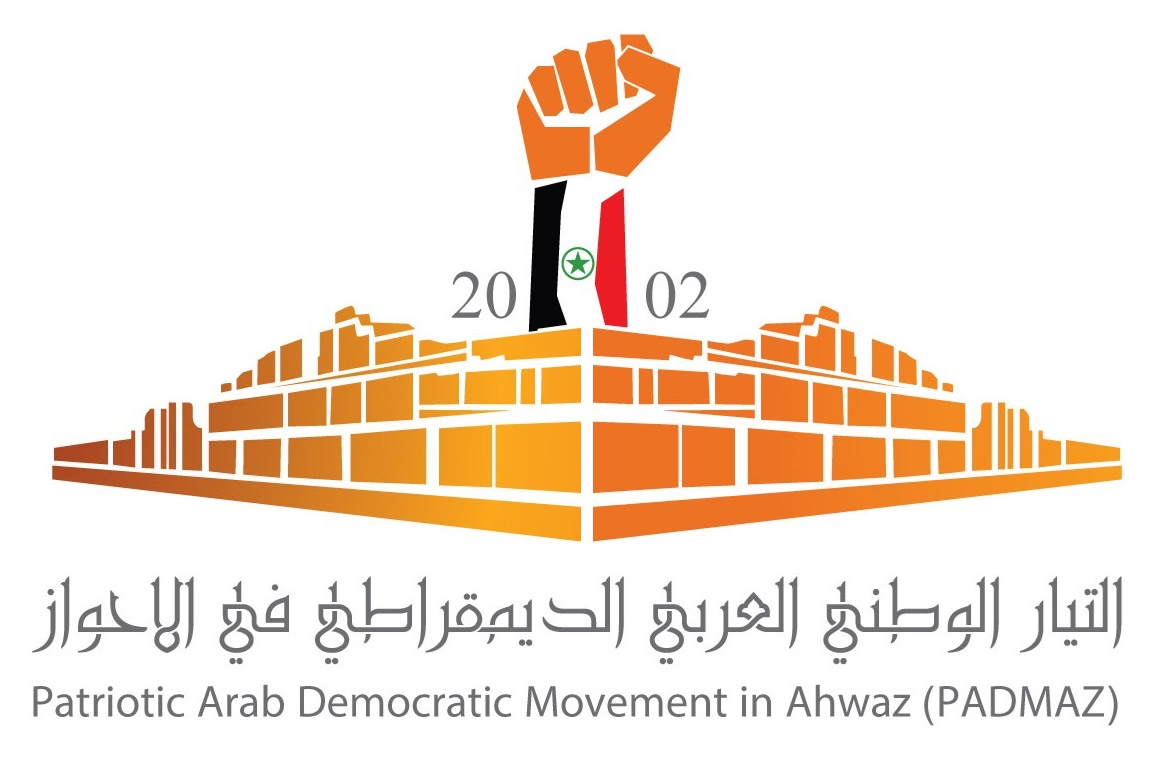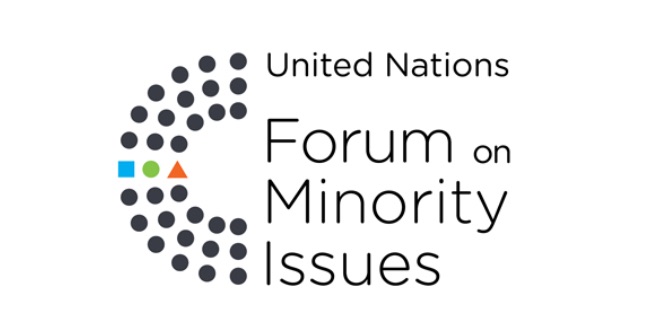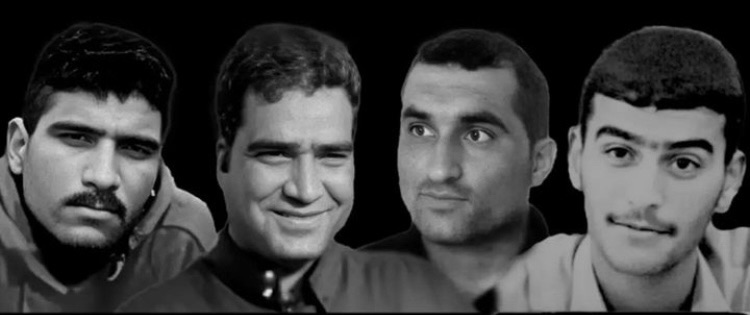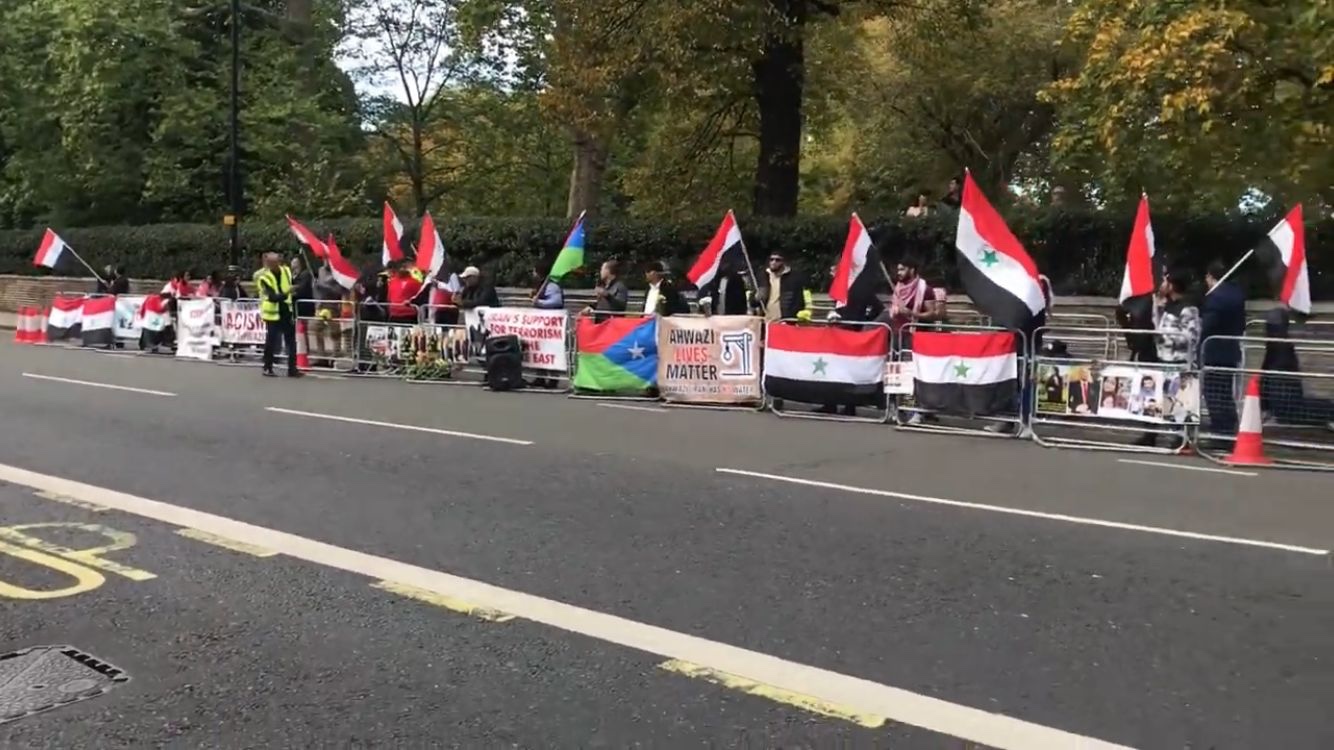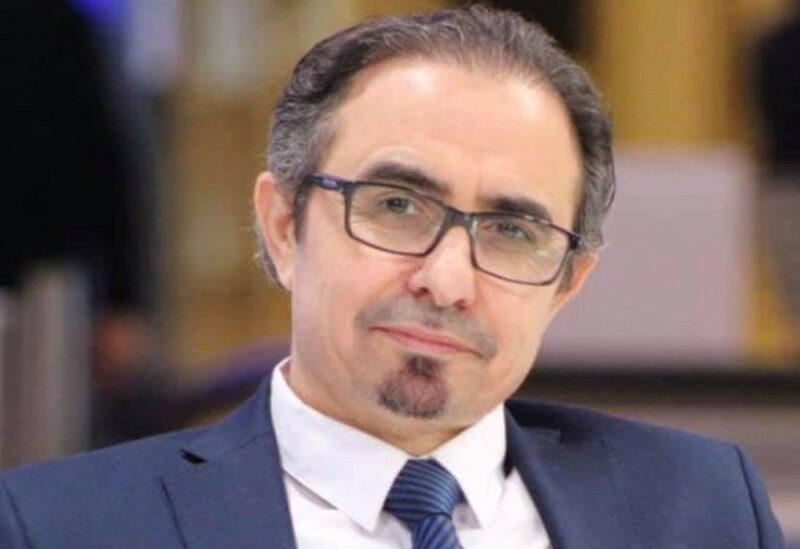Escalating policy of confiscation and settlement
Iran and Obscurities of the Demographic Distribution in Ahwaz – Part 3
These criminal policies are escalating and being accelerated during the past fifteen years, and they were highly applied especially during the presidency of Hashemi Rafsanjani and Mohammad Khatami after that the crew of technocrats (the group of Kargozaran-e-Sazandegi) -with Persian tendencies and orientations- became the authority of development projects in Iran. During this period tens of thousands of hectares of fertile agricultural land in various towns of Ahwaz were confiscated, under the political plan known as “settlement demographic distribution”.
After coming of Ahmadinejad and his “Hojjati” crew to the rule, these policies peaked. This was especially after the outbreak of Intifada in 15th of April 2005 and it was a collective punishment of Ahwazis for their steering disobedience against the Iranian military occupation. The evidence of this is the starting of the confiscation of 30 thousand hectares of agricultural land in the cities of Ahwaz, Al-Khafajiya, and Al-Hindian (Al-Tamimia). This plan is mentioned in the assessment report issued by the Department of Fisheries in the territory.
This plan contains:
Beginning the second phase of the Ahwaz “Azadegan” project (NDC) which will eventually end up with the confiscation of 12400 hectares of Arabs’ lands. In the first phase of this project 25 thousand hectares of these lands were confiscated.
Beginning of a project in Al-Khafajiya which will cover ten thousand hectares of lands.
Shrimp breeding project that covers 8 thousand hectares in the east and west of the river “Zahra” in the city of al-Hindian (Al-Tamimia).
The establishment of ports in Bahrakan area of Al-Indian and Nahrolghasir River in Abbadan and more other ports in other spots. This has been known that these ports are not subject to the authority and control of the Ports Department; they are rather exploited and utilized by the Revolution Guards (Sepah e Pasdaran) for smuggling and circumventing the international resolutions against Iran in banning the importation of weapons. These ports are important because they are located near Iraq and the Gulf States.
The objectives of these policies
There are economic, historical, political, and security tendencies behind these systematic structural policies against the Arab people of Ahwaz.
With a closer look at the political map of Iran and its Arab neighbors, we notice that the lands that were confiscated in the north-west and west and south of Ahwaz are along the Iraqi and the Gulf States borders. The purpose, however, is to facilitate the process of Iranian intervention in the internal affairs of these countries away from the eyes of Ahwazis and to create a military logistical environment to provide protection and adequate supply for the Iran’s continuing interference in the affairs of these countries.
Moreover, emptying these areas, in which lie the largest fields of oil and gas, from Ahwazis as a first step, and titling them to the Persian settlers and newcomers as a step forward is Iran’s main policy in order to change the population composition of the Territory in favor of the Persians and the central government, as all the successive governments of Iran have maintained this policy since the formation of the Iranian state, or rather the modern Iranian empire, at the hands of Reza Khan.
Among these goals is also the dismemberment of the Arab people of Ahwaz and isolating and sieging them in their towns and villages and depriving them of any connection with the Arab world, through Iraq and the Arabian Gulf, which was naturally easy due to the strategic geographical position of Ahwaz.
And this explains the breadth of the policy of land confiscation and mass displacement which was stated in the document that was leaked out from the Office of Khatami. That document, with the accumulation of contradictions and with the overall conditions, caused the Intifada of the April 15th the result of which was hundreds of martyrs and wounded while thousands of people have been arrested and 12 people so far have been executed, and the list is growing[3].
This plan also included the areas in the north, the middle, the east and south of the territory. This is the most serious ever, and was disclosed by the document mentioned above, under the title of the industrial and commercial draft of Arvandan in the cities of Muhammara and Abbadan, for which reason hundreds of thousands of Ahwazi Arabs will be displaced from their towns and villages that fall within the scope of this large settlement project and so dozens of Ahwazi villages will be demolished.
In addition, there has been the displacement of more than 300000 Ahwazi citizens from the cities and countryside of Muhammara and Abbadan during the Iran-Iraq war who did not return to their villages which they had abandoned due to the destruction of infrastructure, lack of services, and spread of minefields in those areas and all are the remnants of the war. The Iranian government went to no action for clearing the minefields in order to prevent Arabs from returning to their villages and leaving their exile zones in northern and central Iran.
In conclusion, this must be emphasized that all these criminal policies, which are of course applicable to the concepts of mass displacement and ethnic cleansing and major crimes punishable by international law, are implemented before the eyes and ears of the Arab States and the international community who ignore the Ahwaz tragedy claiming that it is an Internal issue and is part of the concept of sovereignty.
Nevertheless, one who follows the events prudently is to note that Ahwaz was not Iranian ever, it is an Arabian land occupied with brutal force since 1925, and the most prominent evidence of this is the successive uprisings of its Arab citizens against the different Iranian governments during the last 83 years. Ahwaz is a region for which its Indigenous Arab people are fighting against the Iranian occupation authority. And this is what all Ahwazi national resistance parties are unanimous in, despite their various beliefs and different ideas. Accordingly, the need for Arab and international intervention in this regard is clear in order to tame this arrogant Persian monster and save the Arab people of Ahwaz from the policy of ethnic cleansing, and to stop the Iranian interference in the internal affairs of Arab countries under the pretext of sectarian Safawi Purism at one hand, and preserving the Persian vital interests and national security at the other hand. The aim behind this is hegemony, which is an integral part of the mentality of Persians, clericals they are or seculars.
[1] Iranian Intelligence, Sepah e Pasdaran (Ghods Army), and Iraqi security agencies which were formed in Iran, as Bader Forces. (translator’s note)
[2] Also, 25 houses in the Arab area of Hasir Abad in Ahwaz were destroyed in May of 2008.(translator’s note)
[3] Many more Ahwazi people have been executed since the time of this article.

